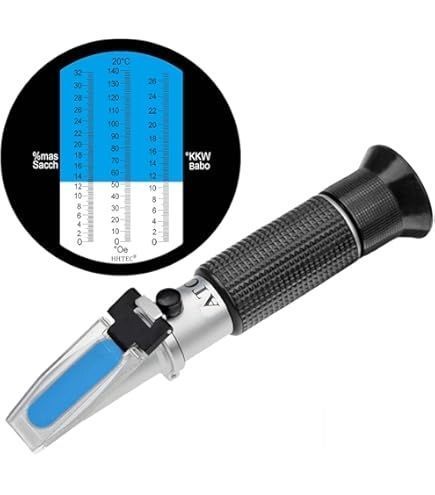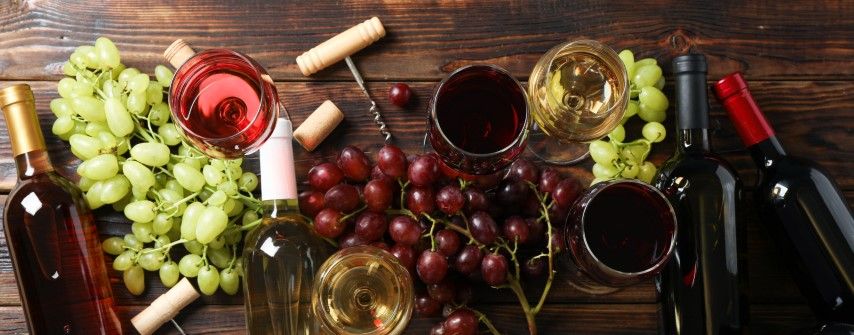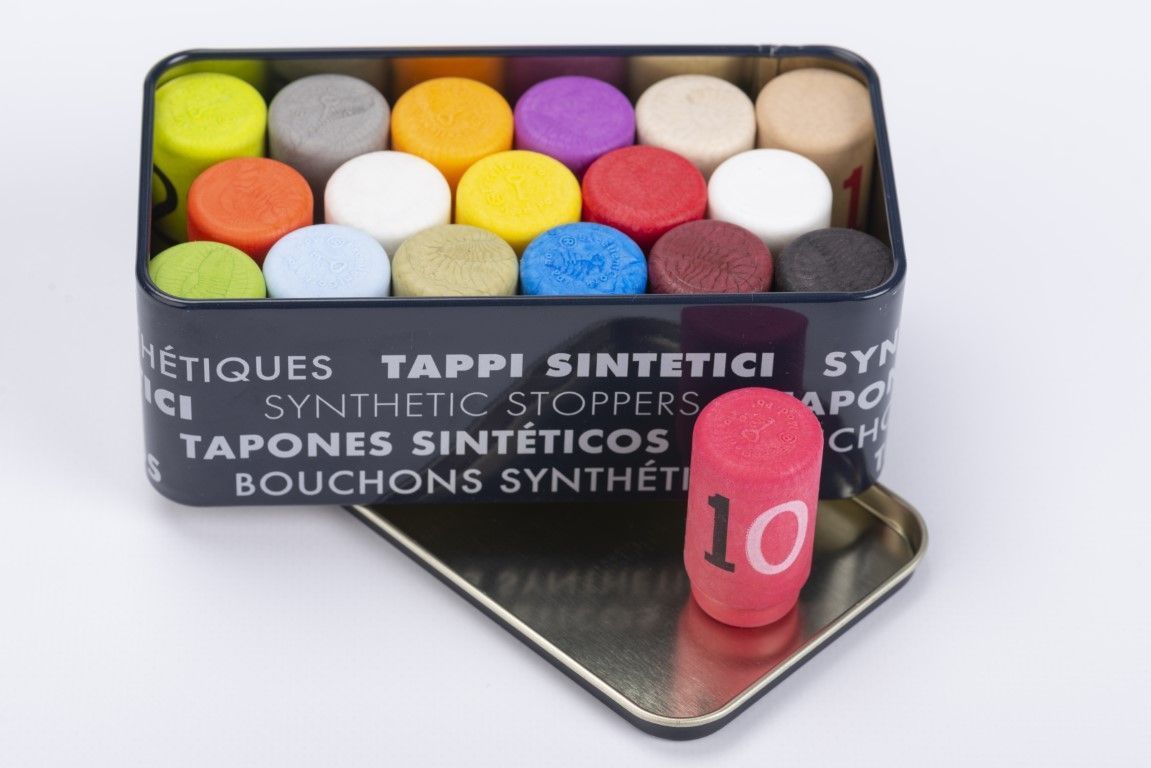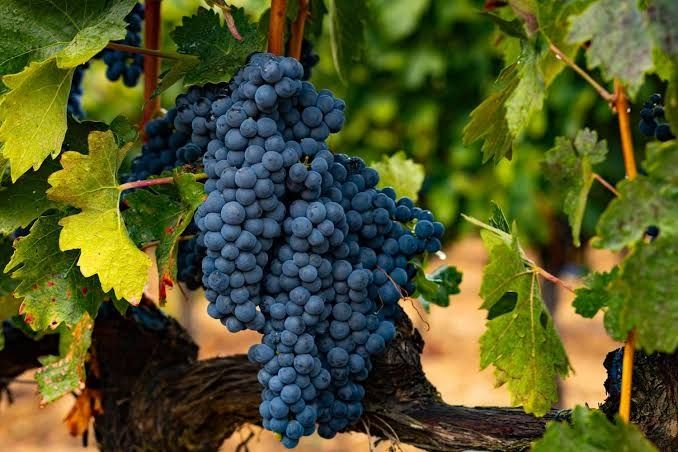Must, the fresh juice obtained from grapes, is an essential component in winemaking. One of the most important characteristics of must is its sugar content, which plays a crucial role in fermentation and determines the final profile of the beverage. In this article, we will explore what must is, how much sugar it contains, how it is measured, and its importance in the winemaking process.
Introduction to Must and Its Composition
Must is the starting point for many wine products and other beverages. Understanding its composition helps appreciate its versatility and importance in enology.
What is Must?
Must is the juice obtained by pressing grapes before starting any fermentation process. It is composed mainly of water, natural sugars, acids, mineral salts, and aromatic compounds. Its characteristic sweetness comes from the sugars it contains, such as glucose and fructose.
Sugar Content in Must
The sugar content in must not only defines its sweetness but is also fundamental in determining the alcoholic strength of the wine produced after fermentation.
Factors Determining Sugar Content
Several factors influence the sugar content in must:
- Grape variety: Some grapes, such as Muscat, have a higher sugar content.
- Grape ripeness: The riper the grape, the higher the sugar concentration.
- Climate and region: Warm regions tend to produce grapes with more sugar due to greater sun exposure.
- Cultivation methods: Techniques like pruning and controlled irrigation can influence the sugar concentration in grapes.
Methods for Measuring Sugar in Must
Sugar in must is measured using specific instruments and scales such as:
- Refractometer: Measures the optical density of the must and provides a quick estimate of its sugar content.
- Hydrometer: Determines the density of the must and is used to calculate sugar levels and its potential for alcohol conversion.
- Brix degrees: A scale that indicates the amount of sugar in the must per 100 grams of solution. For example, 20° Brix corresponds to approximately 20% sugar.

Importance of Sugar in Fermentation and the Resulting Wine
Sugar is the main driver of alcoholic fermentation, the process that transforms must into wine.
Transformation of Sugar into Alcohol
During fermentation, yeasts convert the sugars in must into ethyl alcohol and carbon dioxide. This process is crucial in determining the alcoholic strength of the wine, as the higher the sugar content in the must, the greater the potential alcohol content in the final wine.
A must with 20° Brix, for example, can produce wine with an alcohol content of approximately 10-11%, depending on fermentation efficiency.
Relationship Between Must and Wine in Terms of Sugar
The sugar content in must influences not only fermentation but also the sensory profile of wine.
Comparison of Sugar Content
- Must: High in natural sugars (glucose and fructose), giving it a sweet and pleasant flavor.
- Dry wine: Contains virtually no residual sugar, as the sugars in the must are almost completely converted to alcohol.
- Sweet wine: Retains more residual sugar, either because fermentation was stopped or sugars were added later.
Frequently Asked Questions About Sugar in Must
How Does Grape Ripeness Affect Sugar Content in Must?
The ripeness of the grape is a determining factor in the sugar content of must. As grapes ripen, their natural sugars (mainly glucose and fructose) increase, resulting in a sweeter must with greater capacity to generate alcohol during fermentation. However, excessive ripeness can lead to lower acidity, affecting the wine’s final balance. Therefore, it is crucial to harvest grapes at their optimal maturity.
What Instruments Are Used to Measure Sugar in Must?
To measure the sugar content in must, specialized instruments are used for accurate results:
- Refractometer: A portable device that measures light refraction in must to quickly determine Brix degrees.
- Hydrometer: Used to measure the density of must and calculate the amount of sugar present.
- Brix or Baumé scales: Measurement systems that convert data obtained by refractometers or hydrometers into understandable values related to sugar percentage.
What Are Brix Degrees and How Do They Relate to Sugar in Must?
Brix degrees indicate the amount of sugar dissolved in a liquid. In must, one degree Brix corresponds to approximately 1 gram of sugar per 100 grams of must. For example, a must with 25° Brix contains 25% sugar. This measure is fundamental for calculating the wine’s potential alcohol content: the higher the sugar content, the more alcohol can be produced during fermentation.
How Does Sugar Content in Must Influence the Wine’s Alcoholic Strength?
The sugar content in must directly determines the alcoholic strength of the final wine. During fermentation, yeasts convert sugars into alcohol and carbon dioxide. For each 1° Brix, about 0.5% to 0.6% alcohol is produced. For example, a must with 20° Brix can yield wine with an alcohol content of approximately 10-12%, depending on fermentation efficiency.
Why Is It Important to Control Sugar in Must During Winemaking?
Controlling sugar in must is essential for obtaining a balanced, high-quality wine. Insufficient sugar content can result in a low-alcohol, diluted wine, while excess sugar could lead to overly sweet wine or fermentation issues. Moreover, precise sugar control ensures the wine profile (dry, semi-dry, or sweet) aligns with the winemaker’s expectations and market demands. This balance also influences the stability and longevity of bottled wine.
The sugar content in must not only defines its sweet flavor but is also crucial for the fermentation process and the wine’s development. From grape selection to fermentation, every stage of the winemaking process is influenced by the sugar present in the must. To ensure the final product retains its quality and characteristics, Excellent Cork, a synthetic cork manufacturer, offers solutions that guarantee wine preservation from bottling to uncorking, maintaining its essence in every sip.





